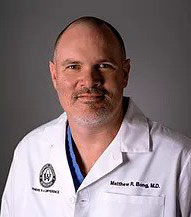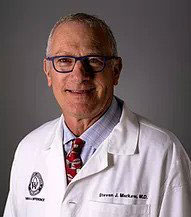What is Revision Knee Ligament Reconstruction?
Revision knee ligament reconstruction is a complex surgical procedure performed to address failures or to correct the undesirable consequences of primary reconstruction surgery on your knee.
The procedure predominantly involves replacing the failed implant or graft with a new one and restoring the stability and functionality of the knee.
Indications for Revision Knee Ligament Reconstruction
Recurrent instability in the knee after reconstruction and extensive rehabilitation is the major indication for revision knee ligament reconstruction.
Other circumstances that can necessitate a revision reconstruction include:
- Impingement of the original graft
- Re-injury of the reconstructed ligament
- Failure in the fixation of the original graft
- Failure of the reconstructed ligament to heal properly
- Incorrect placement of drill holes during the first reconstruction
Diagnosis of First Surgery Failure
The failure of first surgery can be diagnosed with the following methods:
- Physical examination of the affected knee
- Radiologic evaluation (X-rays/MRI)
- Computed tomography (CT) scan
The Procedure of Revision Knee Ligament Reconstruction
The procedure typically involves 2 stages. Your surgeon is likely to use one of your own tendons (usually the patellar tendon that connects the kneecap to the shinbone) as a new graft.
Stage 1
- An incision is made in the affected area.
- The old, failed graft is surgically removed using a shaver.
- Any incidental damage is repaired and the new insertion site is identified.
- A hole is drilled as a re-entry guide using a gaff (barbed spear).
- The hole is cleared and the edges are rounded to avoid damage to the new graft.
Stage 2
- The new graft is inserted and the routine reconstruction is done.
- The site is checked for graft impingement and proper placement of the graft.
- The incision is closed and the site is injected with a pain reliever.
Post-operative Care and Recovery
After surgery, you can usually return home the same day. Your surgeon will schedule a lengthy physical rehabilitation program similar to the one followed after the initial reconstruction. This will allow your new ligament and reconstructed knee to heal completely.
A systematic post-surgery care and rehabilitation program is essential for successful results and will help you return to your desired activity level without knee instability.
Complications
As with any surgery, the revision knee ligament reconstruction may present risks such as:
- Arthrofibrosis (stiff knee syndrome)
- Damage to neurovascular structures
- Residual instability or infection in the knee












